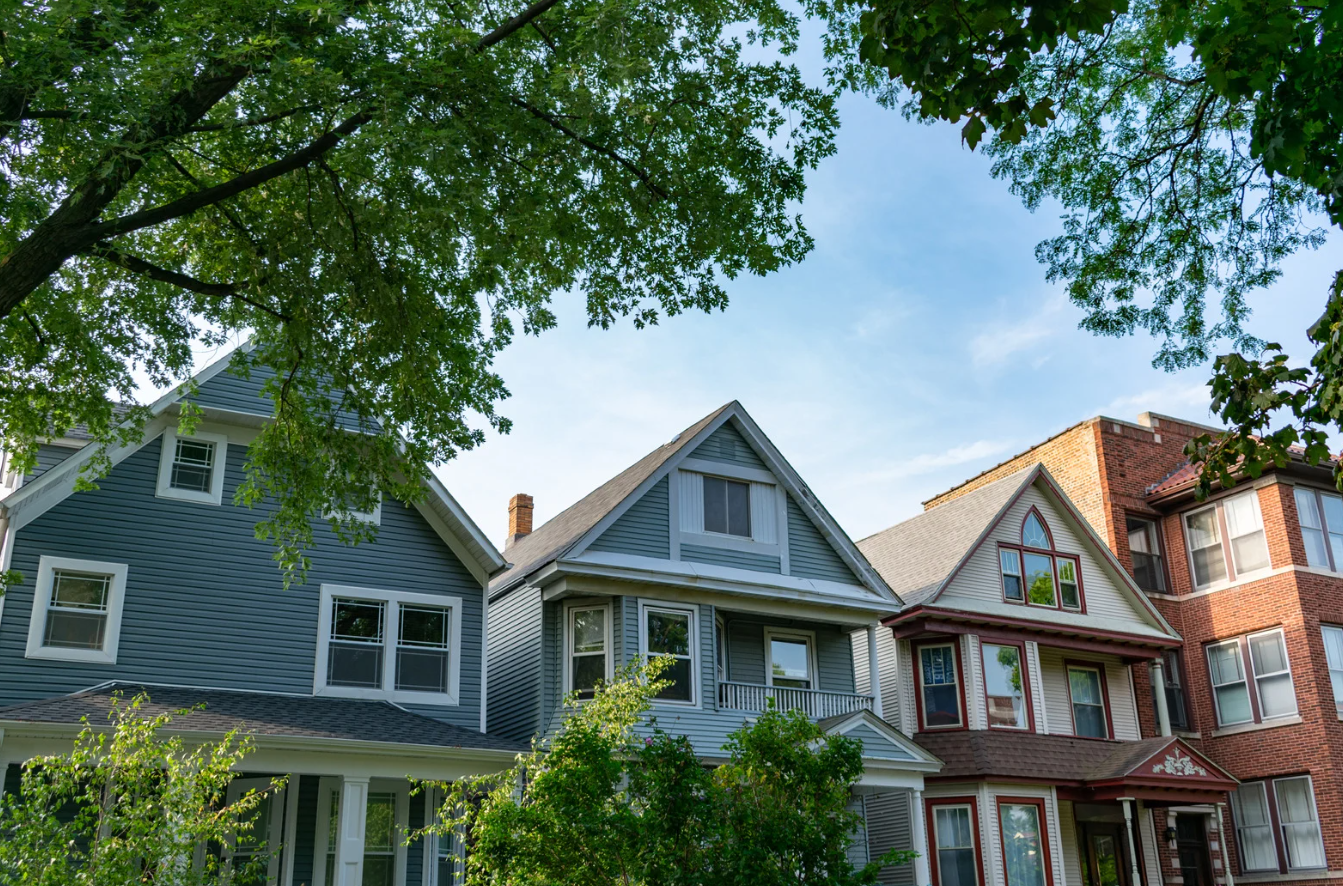In the last posting, we considered some of the issues surrounding the use of a residence as a retail establishment. This installment again looks at converting a part of a house for business purposes -- this time as a setting for professional health care practitioners like physicians, psychiatrists and dentists.
Historically, dedicating part of the home to a medical office was a common convention among solo practitioners. As managed care became more dominant, however, solo practice became more difficult and clinicians joined larger establishments with their own facilities. Still, a sizable number of "soloists" are retiring and younger successors seek the convenience of working where they live.
Opening a Home Office for Physicians and Dentists
Health care professionals who want to either build out a home office -- or remodel an existing part of the house for such purposes -- must calculate the obstacles of doing so.
- Legal -- zoning and permitting
- Financial -- financing and home value
- Structural -- floorplans and equipment
Practicing in a Residentially Zoned Area
While land use standards and requirements diverge from state to state, municipality to municipality, most every jurisdiction has a zoning board and/or planning commission that makes decisions on permitted use of real estate. In most cases, a dentist or doctor, wishing to improve a house with a professional office, would seek a variance from such a body. This is permission to deviate from the intended zoning classification for the neighborhood. Less frequently, a special use permit is sought whereby a medical practice is considered acceptable in general but must be allowed on a case-by-case basis.
Zoning boards are interested in whether the clinical professional is financially hobbled by renting practice space outside the area; whether the property is especially suited to a medical/dental practice; and whether the quality of life of neighbors is adversely affected by such a business occupying the area. Again, every city is different but a good rule of thumb is to expect two months for an answer to the variance request.
The Cost of Modifying a House for Professional Practice
There are two directions a dentist or physician can take in bringing the practice home. The first option is to convert an existing part of the house; the alternative, to attach a new structure to the house (which may or may not demand an additional variance). Construction for new residential space can run about $150 per square foot for a residence per Forbes magazine. Yet a business office, let alone a medical dental office, can run near $500 or higher per square foot. Adding square footage can enhance home value.
Obtaining financing for such an endeavor is tricky because you are turning a residence into a mixed-use property. Obviously, a residential loan is easier to process but lenders will measure -- by their own criteria -- where the primary use of the property rests. A semi-retired podiatrist, for instance, might qualify for a residential product. The type of mortgage for which you are eligible will arise from that determination.
Structural Considerations
The size of your practice will dictate the dimensions of the home office, from parking areas to a waiting room. So will the size of your lot. Ideally, you want to treat patients in an office that feels spacious and not cramped. Elements include a waiting area, administrative area and examining rooms. Storing medicines may require at least a refrigeration unit and supply closet. Consulting a contractor who specializes in medical/dental floor plans is a must.





